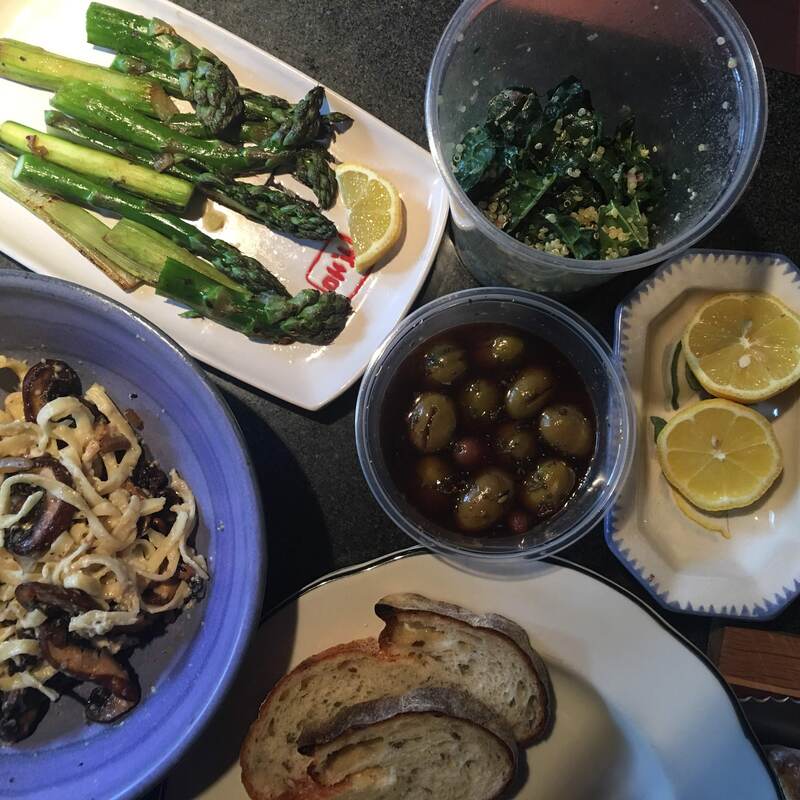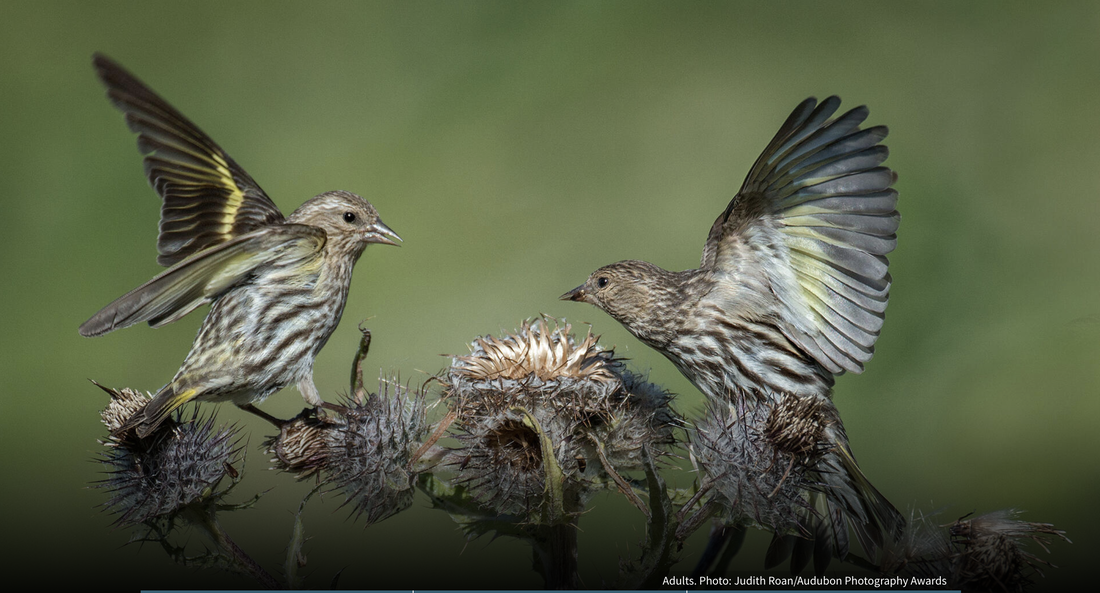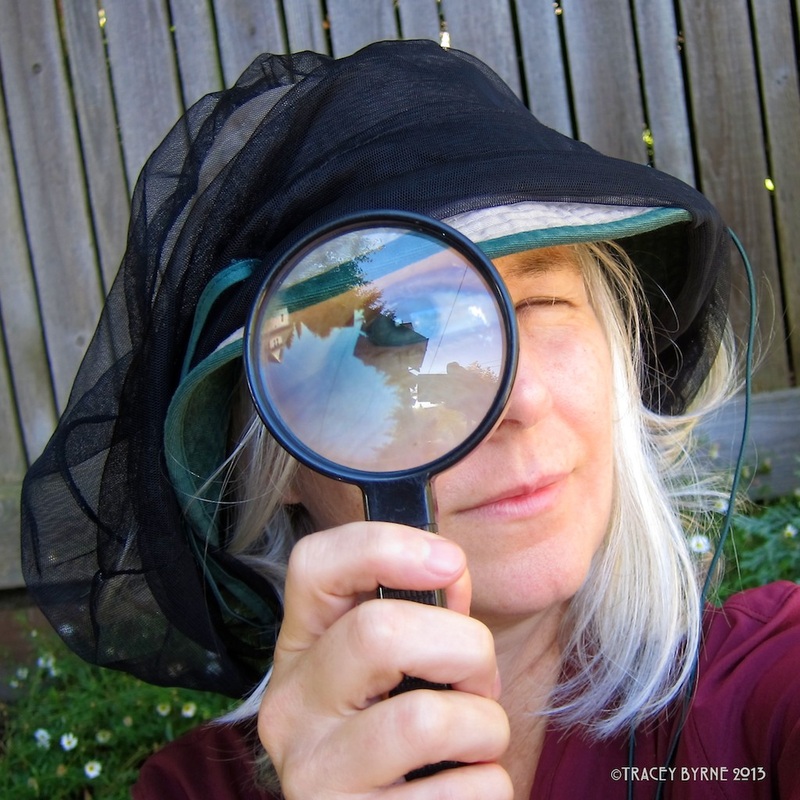|
At the end of October we put up our black sunflower seed feeder along with a couple of chili suet bars and we have been enjoying Bird TV ever since. Exciting new regulars include; the Nuthatch, along with the Chestnut-backed Chickadee as they make their daily rounds with the flock of Juncos and Black-capped Chickadees. The suet brings in not only our Northern Flickers, but on the ground we had a pair of Varied Thrushes to augment our resident Towhees. The California Scrub-Jay has been teasing us for a year or so and it's finally discovered our sanctuary, flying in with a pair of noisy Steller's Jays. Welcome to everyone!
0 Comments
Yesterday evening we were on the look-out in our favorite owl-spotting glen and had just about given up; we sat down on the bench overlooking the little creek and then, looking up, there was the owl perched quietly 10 feet above us! We sat in awe for ages watching it watch us, the butterflies, and other walkers obliviously passing underneath=Owl Blessings. We started our afternoon saunters in late April, and over the next few weeks got to know this family of Ravens. It turns out that historically, Ravens nested in the Washington Park Arboretum, but until 2019 they had not been seen for 100 years. This year there were three hatchlings, and boy-oh-boy were they ever raucous! I caught them all doing their own saunter; usually we'd see them up in the trees or perched on the back of our favorite hidden bench. Douglas squirrels: The Douglas Squirrel lives in the coniferous forests of North America's west coast. It wanders playfully throughout all parts of the forest and treetops, but prefers lingering close to the forest grounds (WA Nature Mapping). We not only have been seeing this chipmunk-sized boisterous squirrel in several locations throughout the Arboretum, but on a hot steamy evening we watched TWO of these little darlings chasing each other around and around and around an enormous tree trunk. What a joy.
Enjoying life's abundance: rhubarb, asparagus, coffee & rye bread P.S. Chickadees vs. Bumblebee Queen
So, this week I've been watching two chickadees and a Bombus vosnesenskii queen (the yellow-faced bumblebee) going in-and-out of the chickadee's birdhouse. I'll keep you posted! June: definitely the Chick-a-dees; the parents are busy all day long and the peep-peeping is getting louder. They'll be fledging soon and I hope to catch them at it this year. This morning it was 28 F, bright and sunny! Our backyard was atwitter with so many birds. let me begin with a rare treat: a pileated woodpecker=woo hoo! the largest woodpecker in North America. We had our usual chickadees, finches, sparrows, and bushtits; also the Stellar jay, starlings, robins, and flickers; then, we noticed that our spotted towhees were traveling with a pair of Varied Thrushes! Oh joy, and they were having fun scattering the leaves along the edges of the path and in the garden boxes. The male is much brighter than the demurely colored female. Backyard birding is one of the benefits of being homebound on our hill on an icy day. Cheers!
bird & bee from Katie Daisy's With Love, Adventure, and Wildflowers Notes I have had this quote pinned to my bulletin board for over 20 years...and it has never seemed truer.
Midwinter finds Seattle cold, dark, and wet...but with lovely chilly sunshine breaks in the weather that draw us outside; we've been meeting up with a gorgeous barred owl in the arboretum and our neighborhood Cooper's Hawk has been gracing our backyard often these last few days. Missing the snow, but we are keeping our spirits bright with saunas, candlelight, and eggnog!
Sláinte friends~ Crow, Cooper's hawk, and Stellar Jay feathers, left for me near our bird baths :^) Party animals-my favorite coffee cup by Vicki Sawyer
Chunky and noisy,
but with stars in their black feathers, they spring from the telephone wire and instantly they are acrobats in the freezing wind. And now, in the theater of air, they swing over buildings, dipping and rising; they float like one stippled star that opens, becomes for a moment fragmented, then closes again; and you watch and you try but you simply can’t imagine how they do it with no articulated instruction, no pause, only the silent confirmation that they are this notable thing, this wheel of many parts, that can rise and spin over and over again, full of gorgeous life. Ah, world, what lessons you prepare for us, even in the leafless winter, even in the ashy city. I am thinking now of grief, and of getting past it; I feel my boots trying to leave the ground, I feel my heart pumping hard. I want to think again of dangerous and noble things. I want to be light and frolicsome. I want to be improbable beautiful and afraid of nothing, as though I had wings. “Starlings in Winter” by Mary Oliver, Owls and Other Fantasies: Poems and Essays Is it a goldfinch? no...too tiny, and smaller than a chickadee -- with a bright white eye-ring and was that a flash of red on the head?; oh, there's two of them: it's a pair of ruby-crowned kinglets!
YAY!!! first backyard sighting of this sweet songbird. Welcome to our backyard wildlife sanctuary. Find out more HERE and here When I heard of the Salmonella outbreak in Pine Siskins along the west coast, I wanted to know more before I took any action to remove my suet and seed feeders. Especially since we were heading into a cold snap with snow, it seemed important to continue feeding my neighborhood birds. I was not seeing any evidence of sick finches so after thoroughly cleaning and refilling my feeders, I wrote to the Cornell Lab of Ornithology for guidance and I received this helpful response: Hi Tracey, Thanks for getting in touch and for your concern for sick birds. Yes, this is a terrible year of Salmonella especially on the west coast. Although such outbreaks are known to occur and are something that bird populations can recover from as a whole, in the interest of caution, taking down your feeders for awhile and cleaning them is a great thing to do. Whenever a sick bird of any kind comes to your feeder, we recommend that you remove the feeders the sick bird is using for awhile to assure that disease is not being spread at your feeders. While the feeders are down, clean them thoroughly with a diluted bleach solution or very hot water, rinse them, and let them dry completely. Once you put the feeders back up, be sure to clean them every week or two. If sick birds return, avoid using feeders with ports that birds put their heads into and clean your feeders at least weekly. The good news is that it's fine to take a break from your FeederWatch counts at any time, so no worries about that. It is also ok to FeederWatch without feeders! We are trying to spread the word about this, but the name of the project makes it a bit counter intuitive. You can modify your site description so it reflects that you don't feed during some months of the year (it is question #9 on the site description form), and then continue counting, if you would like. Find more information about bird diseases on our website: https://feederwatch.org/learn/sick-birds-and-bird-diseases/ We wish you many healthy birds. Happy FeederWatching! Emma Greig, Ph.D. Project FeederWatch |
AuthorTracey Byrne~ Categories
All
Archives
June 2024
|























 RSS Feed
RSS Feed
